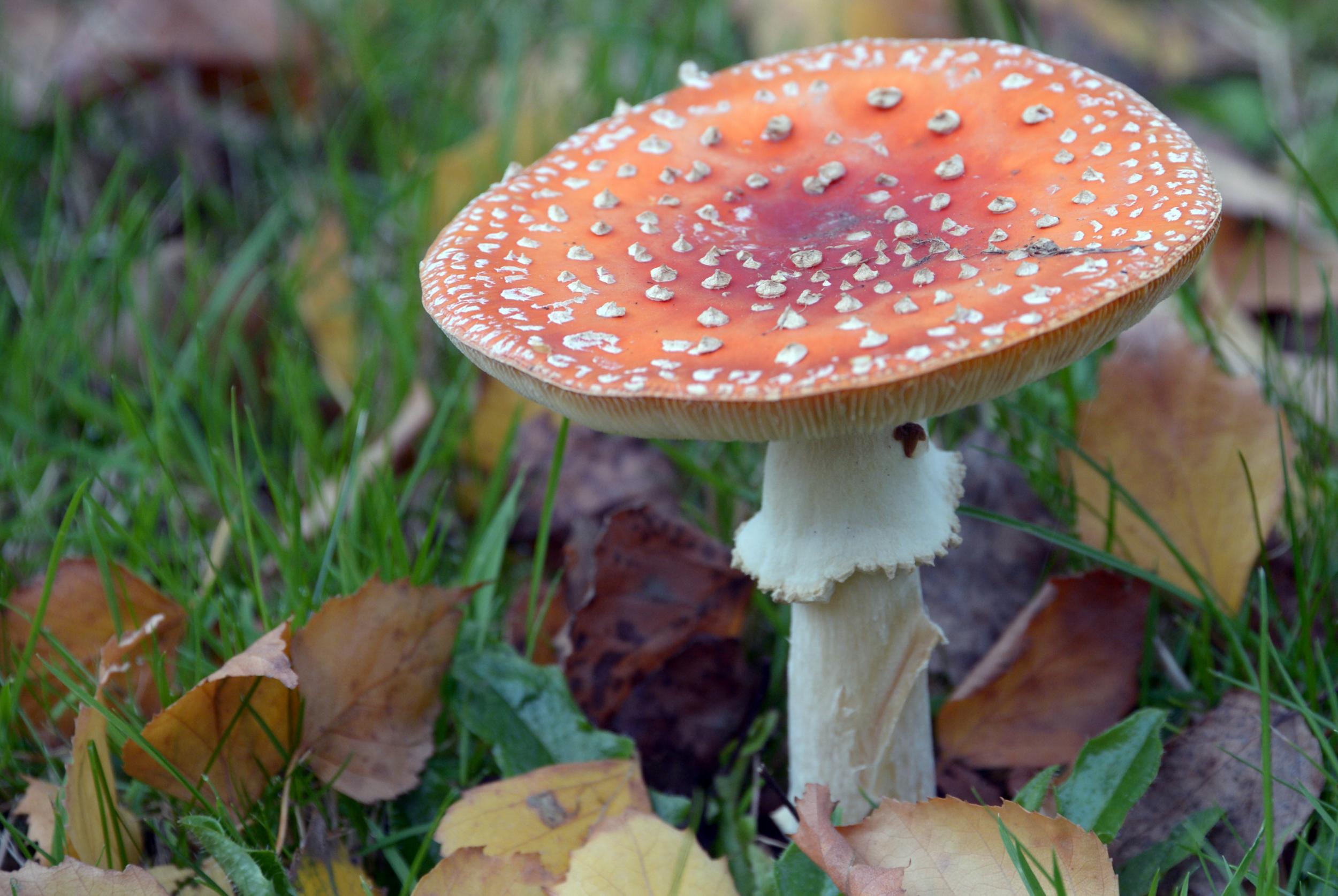There is a type of fungus that can instantly induce orgasms in women with its smell
The bright orange fungus only grows on 600-year-old Hawaiian lava flows

Your support helps us to tell the story
From reproductive rights to climate change to Big Tech, The Independent is on the ground when the story is developing. Whether it's investigating the financials of Elon Musk's pro-Trump PAC or producing our latest documentary, 'The A Word', which shines a light on the American women fighting for reproductive rights, we know how important it is to parse out the facts from the messaging.
At such a critical moment in US history, we need reporters on the ground. Your donation allows us to keep sending journalists to speak to both sides of the story.
The Independent is trusted by Americans across the entire political spectrum. And unlike many other quality news outlets, we choose not to lock Americans out of our reporting and analysis with paywalls. We believe quality journalism should be available to everyone, paid for by those who can afford it.
Your support makes all the difference.The medicinal qualities of certain plants and herbs are well known, and these types of natural remedies been used to heal people for thousands of years. However, there is one much less well-known type of fungus with an unusual but potentially very important power.
The fungus, which appears to only grow on Hawaiian lava flows that are between 600 and 1,000 years old, can apparently induce spontaneous orgasms in women when they smell it.
The fungus, an unnamed Dictyophora species, was described by medical scientsists John C Holliday and Noah Soule in 2001.
They published their findings in the International Journal of Medicinal Mushrooms, and said the bright orange fungus has a reputation as a "potent female aphrodisiac when smelled."
Interested to find out whether it lived up to its reputation, the two conducted a test on volunteers.
As the journal says: "Indeed, nearly half of the female test subjects experienced spontaneous orgasms while smelling this mushroom."
The two hypothesised that the hormone-like compounds presents in the fungus's spores may be similar to the human neurotransmitters released during sexual encounters.
The mushroom's "fetid" smell didn't seem to have the same effect on the male test subjects, however.
Subscribe to Independent Premium to bookmark this article
Want to bookmark your favourite articles and stories to read or reference later? Start your Independent Premium subscription today.
Join our commenting forum
Join thought-provoking conversations, follow other Independent readers and see their replies
Comments